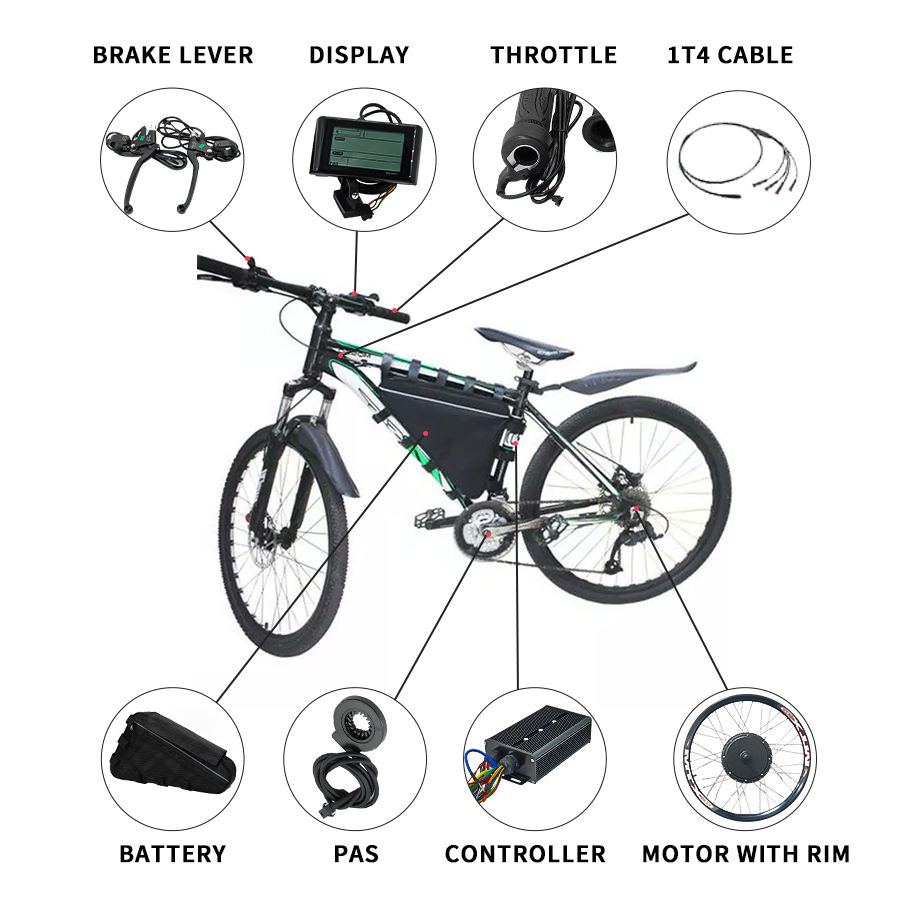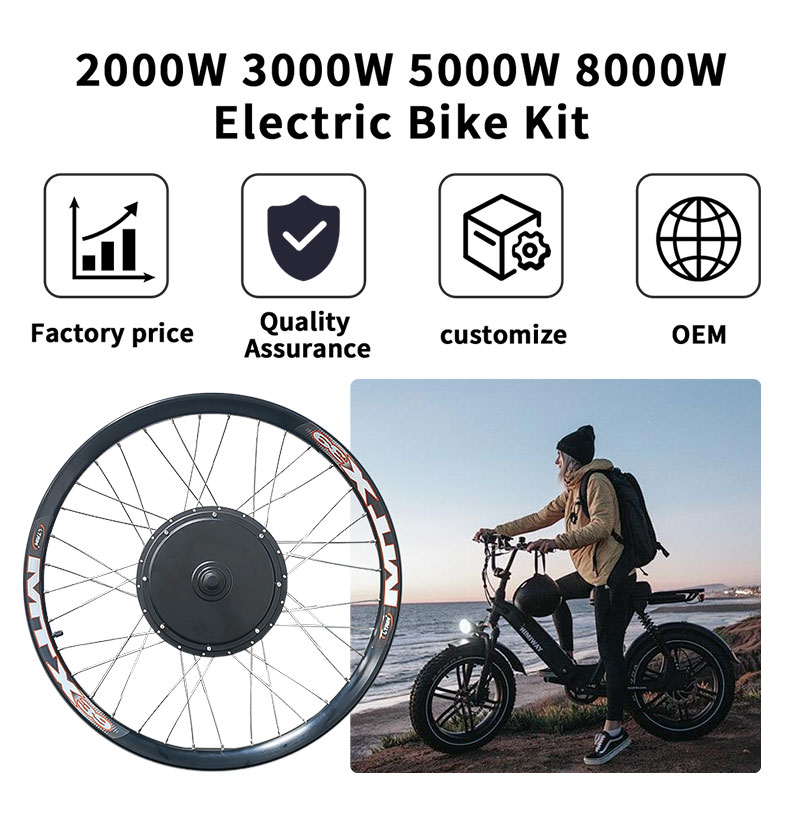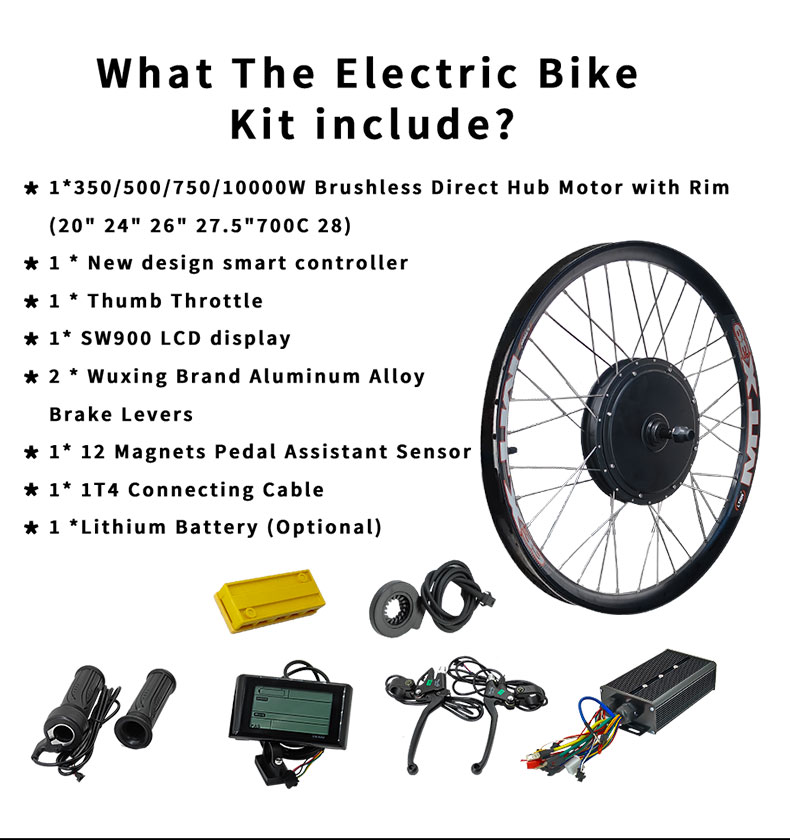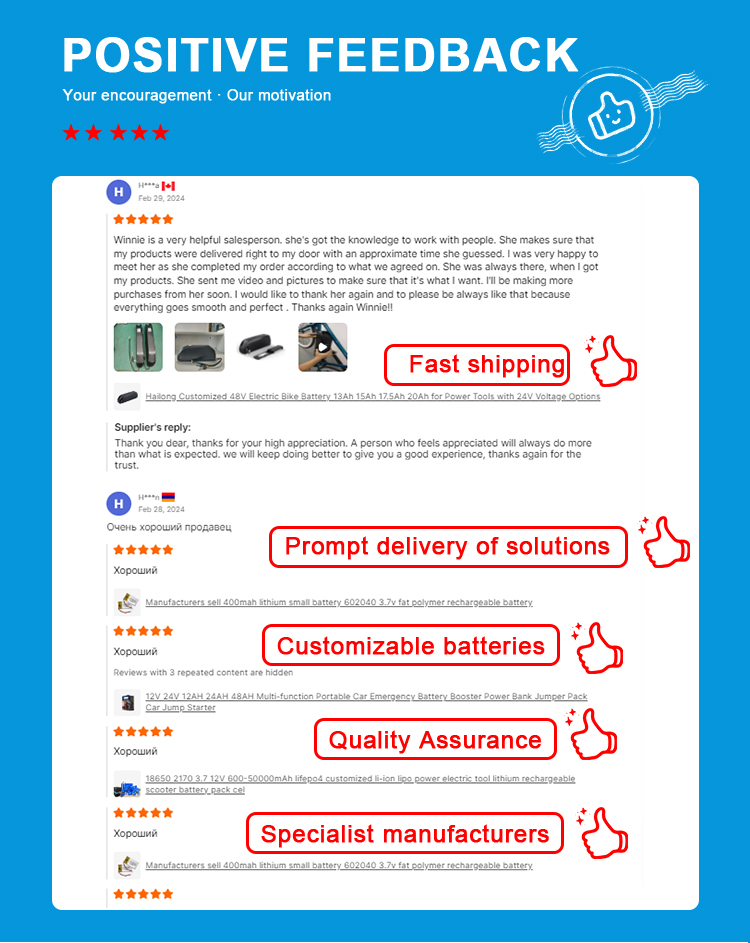Ultimate E-Bike Conversion Kit Guide
Converting a regular bike into an electric bike is a cost-effective way to enjoy e-bike benefits. Below is a complete breakdown of e-bike conversion kits, including types, power options, installation, and recommendations.

1. Types of E-Bike Conversion Kits
A. Hub Motor Kits (Most Popular)
Front Hub
Pros: Easy to install, keeps bike’s original gears.
Cons: Can affect steering balance (not ideal for off-road).
Rear Hub
Pros: Better traction, more stable.
Cons: Harder to install (may need cassette/freewheel tools).
Direct-Drive vs. Geared
Direct-Drive: More durable, better for high speeds (but heavier).
Geared: Lighter, better torque for hills (but wears out faster).
B. Mid-Drive Kits (Best for Performance)
Pros:
Uses bike’s gears → better efficiency & hill climbing.
Balanced weight distribution.
Cons:
More expensive.
Harder to install (requires removing crankset).
C. Friction Drive (Rare & Simple)
Pros: Lightweight, easy to install.
Cons: Wears out tires, noisy, poor wet-weather performance.
2. Power & Speed Options
Motor Power Voltage Top Speed Best For
250W 24V/36V 25 km/h (15 mph) Legal EU e-bikes
500W 36V/48V 32 km/h (20 mph) Commuting (Class 1/2)
750W 48V 45 km/h (28 mph) Speed/off-road (Class 3)
1000W+ 48V/52V/72V 50+ km/h (30+ mph) Off-road/DIY builds

3. Battery Selection
Voltage & Capacity
36V → Budget-friendly (250W–500W).
48V → Best balance (500W–1500W).
52V/72V → High performance (1000W+).
Ah Rating → Higher = more range (e.g., 10Ah = ~30 km, 20Ah = ~60 km).
Battery Types
Type Pros Cons
Li-ion (NMC) Lightweight, high power Expensive, shorter lifespan
LiFePO4 Long lifespan, safer Heavier, bulkier
Lead-Acid Cheap Very heavy, short lifespan
(Always get a Battery Management System (BMS) for safety!)
4. Installation Guide
Tools Needed
Wrenches, screwdrivers, torque wrench.
Wire cutters, electrical tape.
Optional: Bike stand, torque arm (for powerful motors).
Steps
Remove the wheel (front/rear depending on kit).
Install the motor (replace existing wheel or mid-drive).
Mount the battery (frame, rack, or triangle bag).
Connect controller & wiring (secure with zip ties).
Install throttle/PAS sensor (pedal assist optional).
Test & adjust brakes (upgrade to disc brakes if needed).

5. Legal Considerations
USA:
Class 1/2: ≤ 20 mph (500W–750W common).
Class 3: ≤ 28 mph (750W–1000W, some states require registration).
EU/UK: 250W max, 25 km/h (legally pedal-assist only).
Off-road: No restrictions (private land/trails).
6. Best Conversion Kits (2025 Recommendations)
Kit Type Best For Recommended Model
1500W Rear Hub
2000W Rear Hub Speed
3000W Rear Hub Speed
5000W Rear Hub Speed
Folding Bike Kit Lightweight
7. Final Tips
✔ Check dropout width before buying (most kits fit 135mm–145mm).
✔ Use a torque arm for 750W+ motors (prevents axle spin-out).
✔ Upgrade brakes if going >30 km/h (hydraulic discs recommended).
✔ Start with 48V 750W for best balance of speed & legality.
Need Help Choosing?
Tell me:
Your bike type (MTB, road, cargo?).
Desired speed/range.
Budget.
I’ll recommend the best kit for your needs! 🚲

 1688
1688


